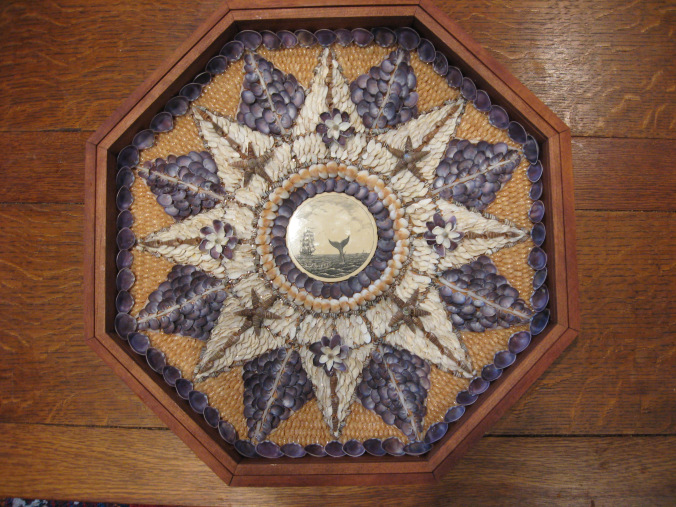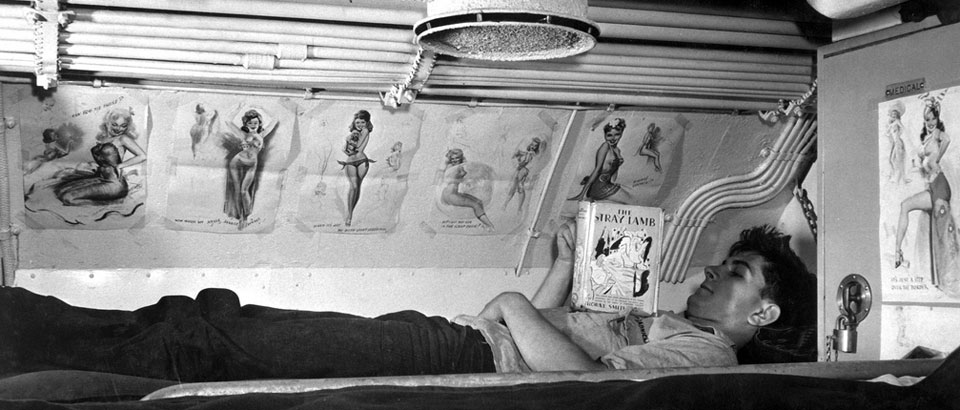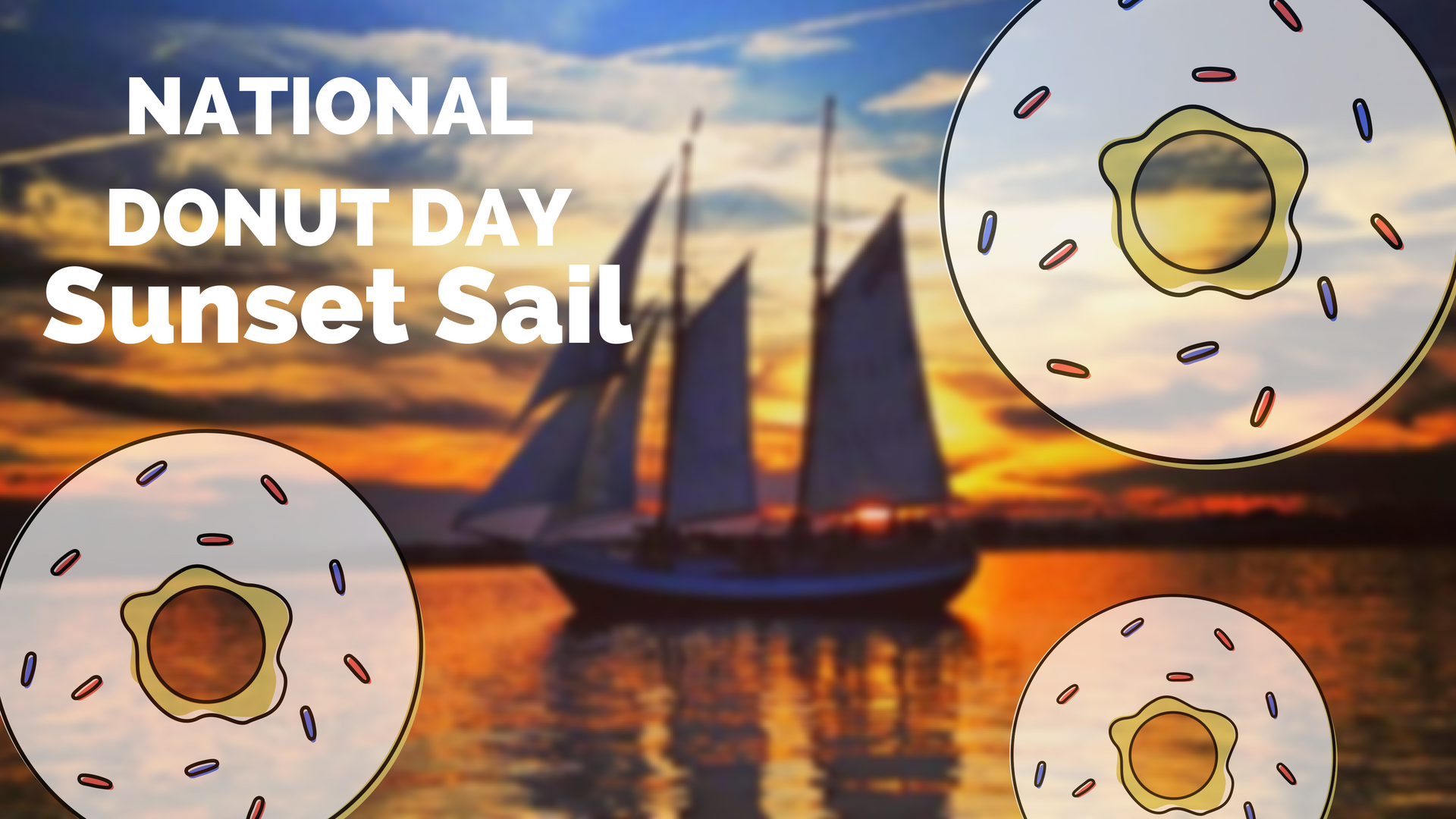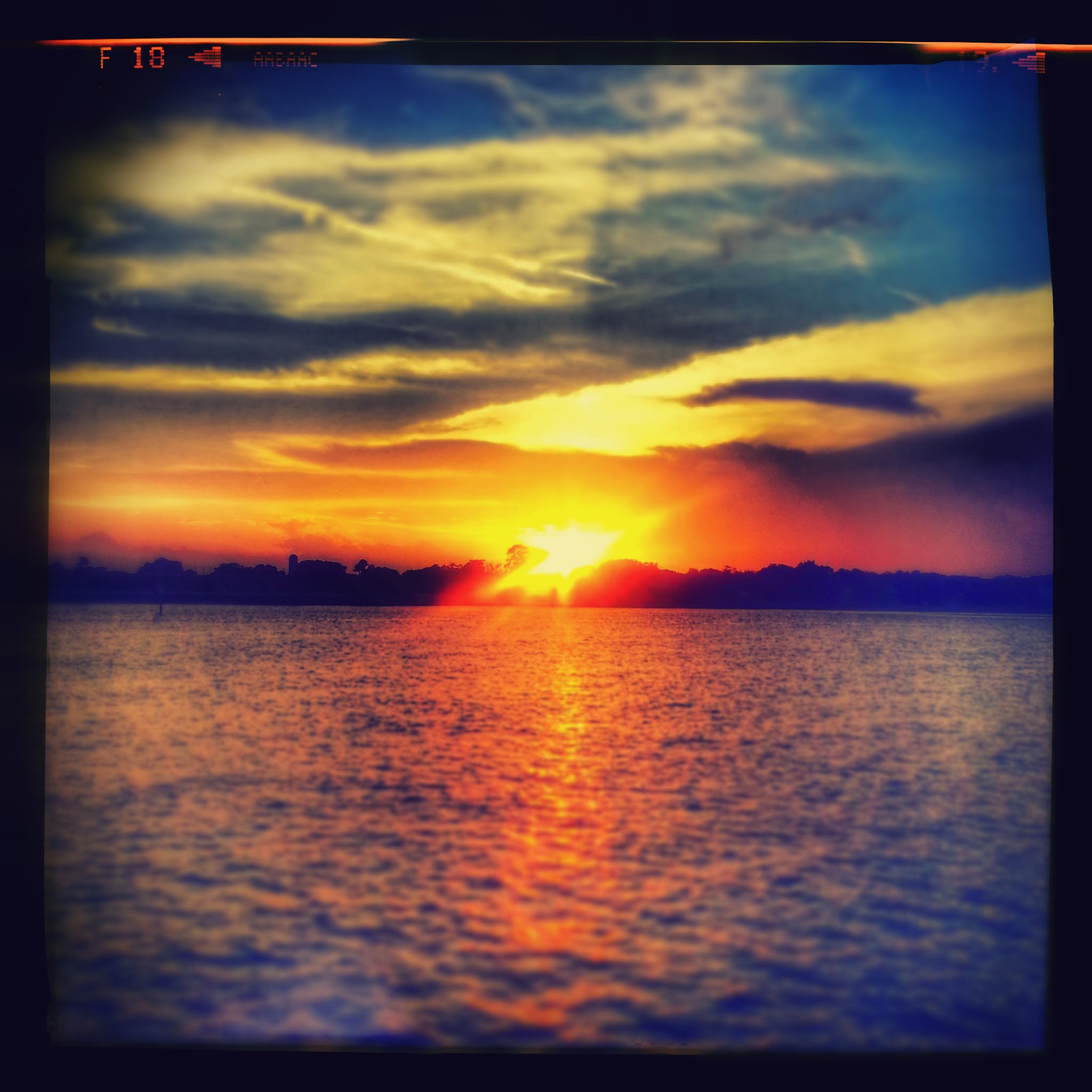The Alligator Class Schooners
As we come to the end of Black-History month, we honor the victims of slavery. Schooners played a large role in both the trade movement and battling of slavery, as the course of their use for the US government lasted until the industrial revolution was booming.
177 years ago, in February of 1839, slave hunters from Portugal abducted 53 documented Africans from Sierra Leone to be shipped to Havana, then a center for the slave trade. This transaction was breaking all treaties that had been formed. On July 1st, after reaching Cuba and being purchased by two Spanish Planters, the group of abducted Africans seized control of the new ship they were on, the Schooner Amistad, killing the captain and the cook, and ordering the planters to sail them back to their home in Africa. In August, the ship was seized by U.S. brigantine Washington, and while the planters were freed, the Africans were held in prison on account of murder.
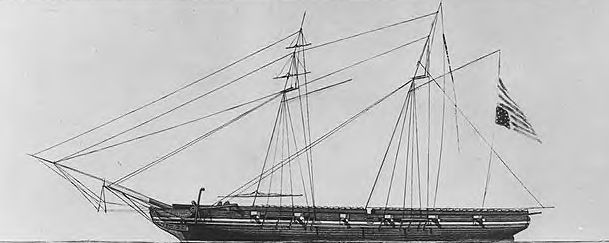
USS Grampus
President Van Buren was in favor of extraditing the Africans back to Cuba, and the U.S. government had the Alligator Class Schooner Grampus waiting in New Haven Harbour, so that if the government ruled in favor of the Spanish “slave owners” the Grampus could extradite them to Cuba before they could file an appeal.
Fortunately the US government, with pressure from the abolitionist North, ruled within favor of the Africans, stating they were illegally held as slaves within federal jurisdiction. The Amistad case then went to the supreme court in 1841 and finally those withheld regained their Freedom. 35 returned to their homeland, the others had died at sea or awaiting trial.
Other facts about Alligator Class Schooners:
- There were 5 Alligator class schooners- Alligator, Shark, Porpoise, Dolphin, Grampus
- The Grampus was last heard of off the coast of Saint Augustine and is believed to have been lost off the coast of Charleston, SC with all hands in 1843.
- The Schooner Alligator was the first ship to be used for anti-slavery patrol off the coast of Africa by the U.S. government, and managed to catch several slavers while in patrol. Her most famous captures were the Mathilde, L’Eliza, and Daphne.
- Most schooners of this time period ranged in size from around 80-100 feet.
